February 17, 2016
The workplace is not just about the play, but the stage too 0
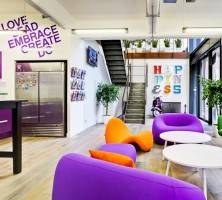 Why is it that just about every article I read talking about the value of workplace design, almost always ignores the broader context of the building and precinct in which the workplace is located? Similarly, almost all conversations extolling the virtues of remote working, love to predict the extinction of the office and diminish its relevance as an important contributor to the operations of a successful business. Personally, I have yet to find an acceptable substitution for face to face communication. It is just not possible for clear, consistent and unmistakeable communication to occur over email, text, phone or skype. The ability to be able to read someone’s body language, grab a pen and paper to draw a diagram, point to an example, empathise sincerely with a colleague, customer or collaborator’s struggles with complex concepts, is just not possible to do quickly, effectively and efficiently without face to face communication.
Why is it that just about every article I read talking about the value of workplace design, almost always ignores the broader context of the building and precinct in which the workplace is located? Similarly, almost all conversations extolling the virtues of remote working, love to predict the extinction of the office and diminish its relevance as an important contributor to the operations of a successful business. Personally, I have yet to find an acceptable substitution for face to face communication. It is just not possible for clear, consistent and unmistakeable communication to occur over email, text, phone or skype. The ability to be able to read someone’s body language, grab a pen and paper to draw a diagram, point to an example, empathise sincerely with a colleague, customer or collaborator’s struggles with complex concepts, is just not possible to do quickly, effectively and efficiently without face to face communication.




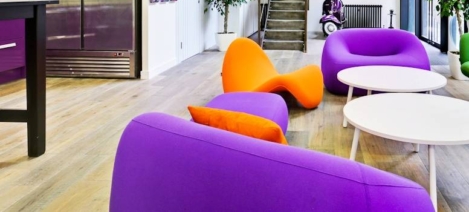
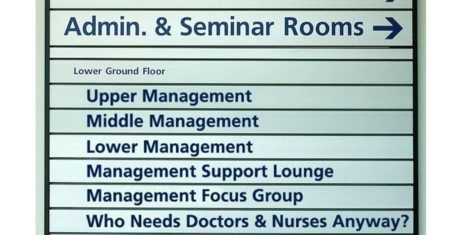
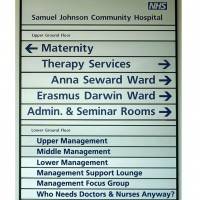


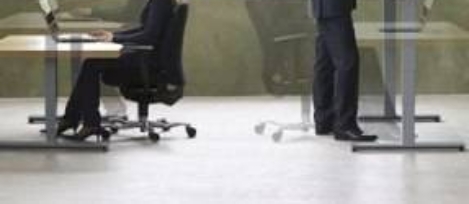
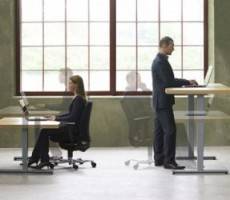
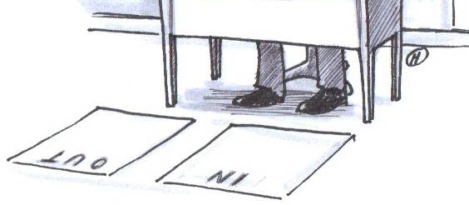
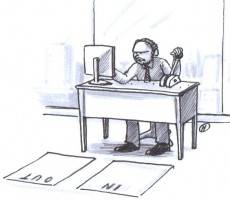




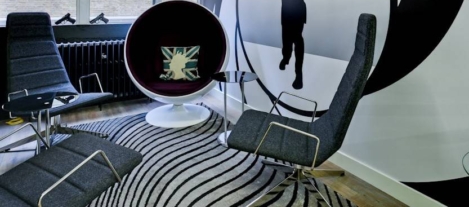
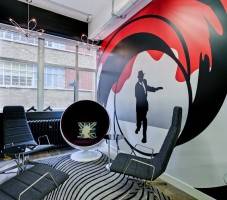
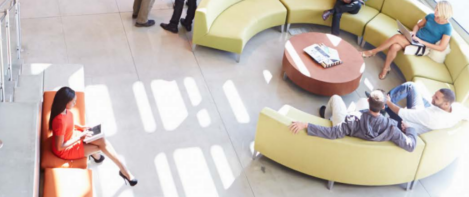
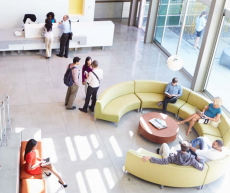

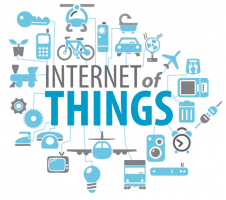











March 3, 2016
Open plan offices linked to low engagement and workplace satisfaction levels 0
by Sara Bean • Comment, Flexible working, News, Wellbeing, Workplace design
More →